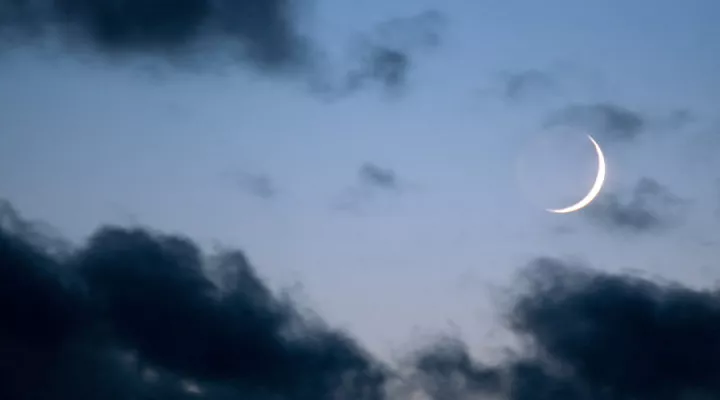For many travellers, Bangladesh does not become part of the travel itineraries. This state in southern Asia is often overshadowed by its more popular neighbours – India, Nepal, Sri Lanka. But, as www.morningringer.com points out, it’s the inconspicuousness that makes it truly interesting. There are no crowds of tourists here, no polished tourist infrastructure, but there is something different – authenticity, warmth, colourful everyday life.
What to See in Bangladesh
Bangladesh is a country rich in natural scenery, cultural heritage and history. It offers something special to every type of traveller – whether you are a nature lover, an architecture lover or an ethnographic discovery.
Start with Dhaka, a capital city that can shock, tire and delight at the same time. Dhaka’s old city is a maze of narrow streets, where carts meet motorbikes, where markets flow into mosques and spice and fried rice shops in between. Lalbagh Fort, an unfinished but atmospheric Mughal fortress, is worth a visit, as is a boat trip down the Buriganga River to see the vibrant water life.
The next point is the Sundarbans, the largest mangrove ecosystem in the world, home to Bengal tigers. There are no tarmac roads in this region and travelling is by boat. You can live in village houses on stilts or in eco-camps. Everything here is slow and measured – you can watch crocodiles, monkeys, birds, and if you are lucky enough to spot a tiger, although this is extremely rare.
To the south is the Cox’s Bazar coastline, the world’s longest natural beach. Locals come here in groups, holidaying as families. Although there is no European idea of a beach holiday here, the atmosphere is vibrant and colourful. Tourists should be respectful of cultural norms: swimming costumes are not popular here, especially for women, and it is better to choose loose and closed clothing.
History buffs will be interested in Mahasthangarh, an ancient archaeological complex, the remains of the capital of a Buddhist kingdom more than two thousand years old. Paharpur, a UNESCO-listed monastery where you can immerse yourself in the world of antiquity and Buddhist philosophy, also stands out.
Each place in Bangladesh tells a different story and they are all about survival, nature, faith and the warmth of human relationships. It’s easy to find moments here that linger in your memory forever.
The Nuances of Bangladesh’s Security and Culture
Despite the natural and cultural appeal, travelling in Bangladesh requires an informed approach. Some aspects may be unexpected, especially for those who are not used to such a rich social environment. The country is not dangerous in the traditional sense, but there are certain aspects to consider.
- Street traffic in Bangladesh is chaotic, especially in Dhaka. Rules exist but are often ignored. Crossing the road is almost an art. If you’re unsure, it’s best to follow the locals – they know how to do it deftly. Trains are a great way to see the country, but they are often crowded, especially on holidays. If you want comfort, you should opt for first class tickets and buy them in advance.
- Summer is the rainy season and the rains are real, with downpours and flooded streets. June to August can be a real challenge, especially in low-lying areas. The best time to go is from November to February, when temperatures are pleasant and there is less rainfall.
- The food is tasty and full of spices, but not everywhere is safe for sensitive stomachs. Try to eat at places where they cook in front of you and avoid cold street food, especially in hot weather.
In addition, cultural norms should be respected. Bangladesh is socially conservative, especially towards women. Clothing should be modest for both men and women. Women are discouraged from travelling alone in remote areas or going out after dark. However, a more relaxed atmosphere is already developing in cities and tourist destinations, especially if you behave respectfully.
Tips for Travellers in Bangladesh
Bangladesh is not a country to tick off the list of countries. It is a destination that opens up gradually. It’s worth slowing down and looking, observing, socialising. And if you give yourself time, you will get much more than you expected.
The best way to understand Bangladesh is to interact with the locals. People here are genuinely interested in tourists. Tea shops, bus stops, trains are all places to socialise. Not everyone speaks English, but gestures and smiles always work. Sometimes it’s enough to make you feel welcome.
If you want to gain a deeper understanding of the country, look for volunteering or internship opportunities. There are small projects in the fields of ecology, education and tourism that are open to foreigners.
It is also important to consider logistics. Moving around the country takes time and flexibility. Trains, buses, boats – these can be delayed. It’s not a good idea to plan every day in advance. It is better to have a general idea of the route, but be prepared to change plans depending on circumstances.
And finally, if you love photography – Bangladesh will give you some incredible shots. But always ask permission, especially from women and the elderly. In rural areas, this is a very sensitive issue.



